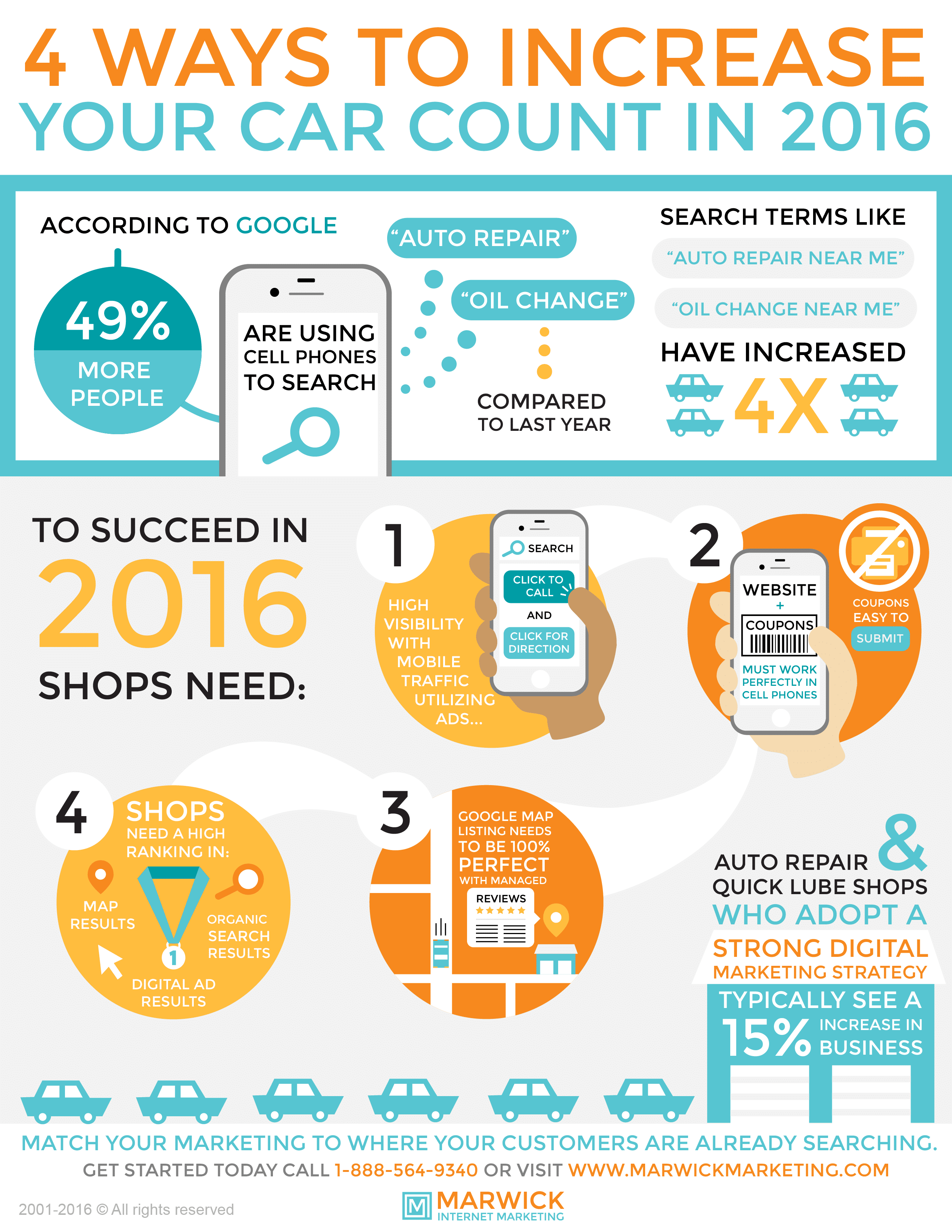Eager To Know What The Dashboard Caution Lights In Your Automobile Symbolize? Explore Their Definitions For The Well-Being And Safety And Security Of Your Automobile
Eager To Know What The Dashboard Caution Lights In Your Automobile Symbolize? Explore Their Definitions For The Well-Being And Safety And Security Of Your Automobile
Blog Article
Content Created By-Samuelsen Dalgaard
When you're behind the wheel, those radiant warning lights on your control panel can be a bit difficult. Do you recognize what they're trying to inform you about your automobile's wellness? Comprehending the relevance of these lights is important for your safety and the long life of your car. So, the following time among those lights appears, would not you want to analyze its message precisely and take the required steps to resolve it?
Common Warning Lights and Interpretations
Recognize common warning lights in your cars and truck and recognize their significances to make certain risk-free driving.
One of the most normal caution lights consist of the check engine light, which signals problems with the engine or discharges system. If this light comes on, it's important to have your lorry examined immediately.
The oil stress advising light indicates reduced oil pressure, needing instant attention to prevent engine damages.
A blinking battery light could suggest a damaged charging system, potentially leaving you stranded otherwise dealt with.
The tire stress tracking system (TPMS) light alerts you to low tire stress, affecting vehicle security and fuel effectiveness. Neglecting this might result in risky driving problems.
The abdominal light suggests a trouble with the anti-lock braking system, jeopardizing your capacity to quit quickly in emergency situations.
look at these guys but not least, the coolant temperature level alerting light warns of engine overheating, which can cause extreme damages otherwise dealt with quickly.
Comprehending these typical warning lights will help you attend to issues promptly and keep risk-free driving conditions.
Value of Prompt Interest
Comprehending the typical warning lights in your vehicle is only the initial step; the value of quickly dealing with these cautions can't be emphasized sufficient to ensure your security on the road.
When a warning light illuminates on your dashboard, it's your automobile's way of connecting a possible problem that needs focus. Ignoring these warnings can lead to much more extreme issues later on, compromising your safety and possibly costing you a lot more in repairs.
Trigger attention to alerting lights can avoid break downs and crashes. For instance, a blinking check engine light might indicate a misfire that, if left ignored, could cause damage to the catalytic converter. Resolving this without delay can conserve you from a costly fixing.
In a similar way, a brake system cautioning light may signal low brake fluid or worn brake pads, essential components for your safety when driving.
DIY Troubleshooting Tips
If you observe a caution light on your dashboard, there are a couple of DIY repairing suggestions you can attempt before seeking expert aid.
The first step is to consult your auto's manual to recognize what the certain caution light indicates. Occasionally the issue can be as easy as a loose gas cap triggering the check engine light. Tightening up the gas cap may fix the problem.
just click the up coming document is a low battery, which can activate various alerting lights. Inspecting the battery links for deterioration and ensuring they're safe and secure may deal with the issue.
If a caution light continues, you can attempt resetting it by disconnecting the vehicle's battery for a few minutes and afterwards reconnecting it. Additionally, checking your vehicle's fluid degrees, such as oil, coolant, and brake fluid, can help repair alerting lights connected to these systems.
Conclusion
Finally, comprehending your vehicle's warning lights is important for keeping your automobile running smoothly and securely. By promptly attending to these alerts and recognizing what they indicate, you can prevent pricey fixings and prospective breakdowns.
Bear in mind to consult your car's manual for certain details on each cautioning light and do something about it appropriately to guarantee a hassle-free driving experience.
Remain notified, stay risk-free when driving!
